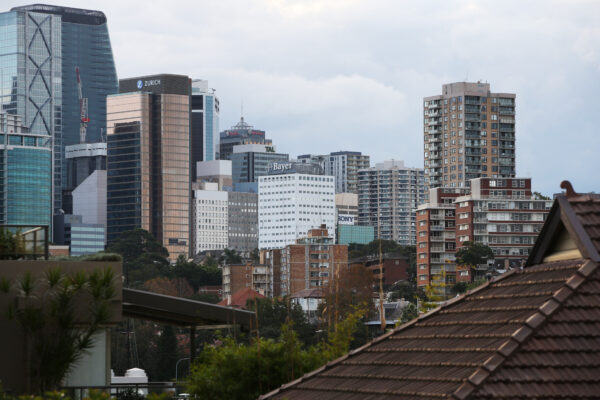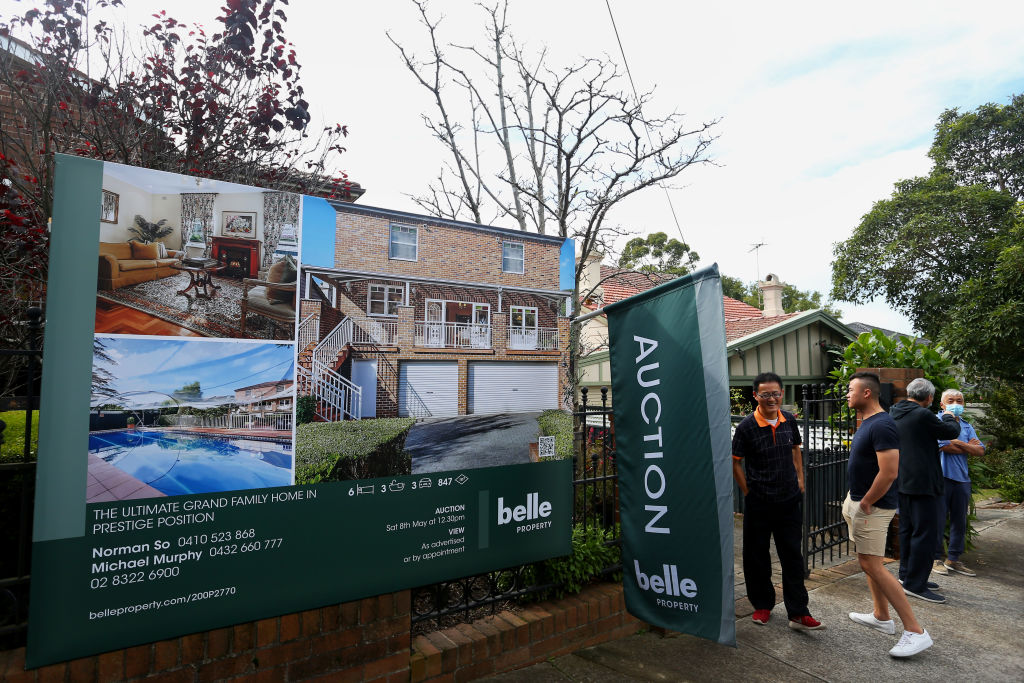Over a quarter of residential properties purchased in Australia’s eastern states in 2022 were mortgage-free, indicating that a significant portion of the population was not affected by interest rate hikes.
Property data firm PEXA has released a report that analyses residential property purchases in the states of New South Wales (NSW), Victoria and Queensland between January 2019 and March 2023.
The company found that 25.6 percent of all dwelling and land sales in the three states were made without a loan attached in 2022.
In other words, around $122.5 billion (US$81.84 billion) worth of properties were cash-funded last year, down from $124.8 billion in 2021 but well above the $83.6 billion in 2020.
This revealed a shift in buyer behaviour during the COVID-19 pandemic property boom.
While the proportion of properties purchased without a direct loan was significant, it did not reflect the high percentage of Australian households who had no mortgage against their residential or investment properties.
The report cited 2021 Census data that 31 percent of homes were owner-occupied with no mortgage, while 30.6 percent were rental and investment properties with or without a loan attached.
Regional Areas Had High Levels of Cash Purchases
Another major finding was that cash purchases concentrated in regional areas popular with older Australians.
“Our research found cash buyers tended to be older and more likely to be buying in regional locations, which does highlight the generational divide between borrowers,” PEXA head of research Mike Gill said.
“Younger homeowners are more likely to have larger home loan balances, particularly those who have purchased recently, whilst many older homeowners are likely to have paid their home loan off or be able to pay cash for a home to retire in.”
Gill noted that the findings could provide insights for the Reserve Bank of Australia (RBA) in its effort to contain inflation.

On June 6, the RBA lifted the official cash rate to 4.1 percent, marking the 12th increase since it embarked on a monetary tightening policy.
The bank has signalled that further interest rate hikes might be needed to bring inflation down to the target band.
“Given these transactions represent more than a quarter of all residential property purchases, it is important to consider this is a sizeable cohort of buyers who are less impacted by rising interest rates, having not taken out a loan,” he said.
As the central bank continued to raise interest rates, Gill said young Australians would be the most impacted while older generations would benefit via their substantial saving accounts.
Queensland Led Eastern States in Cash Purchases
Among the three eastern states, Queensland had the highest proportion of cash-funded properties at 26.7 percent, followed by NSW at 24.8 percent and Victoria at 21.3 percent.
Around 65.2 percent of cash purchases in Queensland were in regional areas compared to 56.3 percent in NSW and 36.8 percent in Victoria.
Houses and units were the most popular type of mortgage-free property, with the highest median value of cash purchases for overall dwellings reaching $850,000 in NSW.
While the majority of mortgage-free dwellings were located in regional areas, the highest value of cash purchases was concentrated in urban centres in the three states.
“Postcode 4218 (Broadbeach) in Queensland topped the eastern states with $1.33 billion spent on cash purchases in 2022 alone,” the report said.
“Blue chip metropolitan postcodes 2088 (Mosman) and 3142 (Toorak) topped the rankings in Sydney and Melbourne, respectively.”
PEXA’s analysis comes after real estate data provider CoreLogic released a report indicating the third consecutive increase in national house prices.
The national home value index rose by 1.2 percent in May, following increases of 0.5 and 0.6 percent in March and April.
Sydney led the country with a 1.8 percent growth in home values, followed by Brisbane at 1.4 percent and Perth at 1.3 percent.

















































